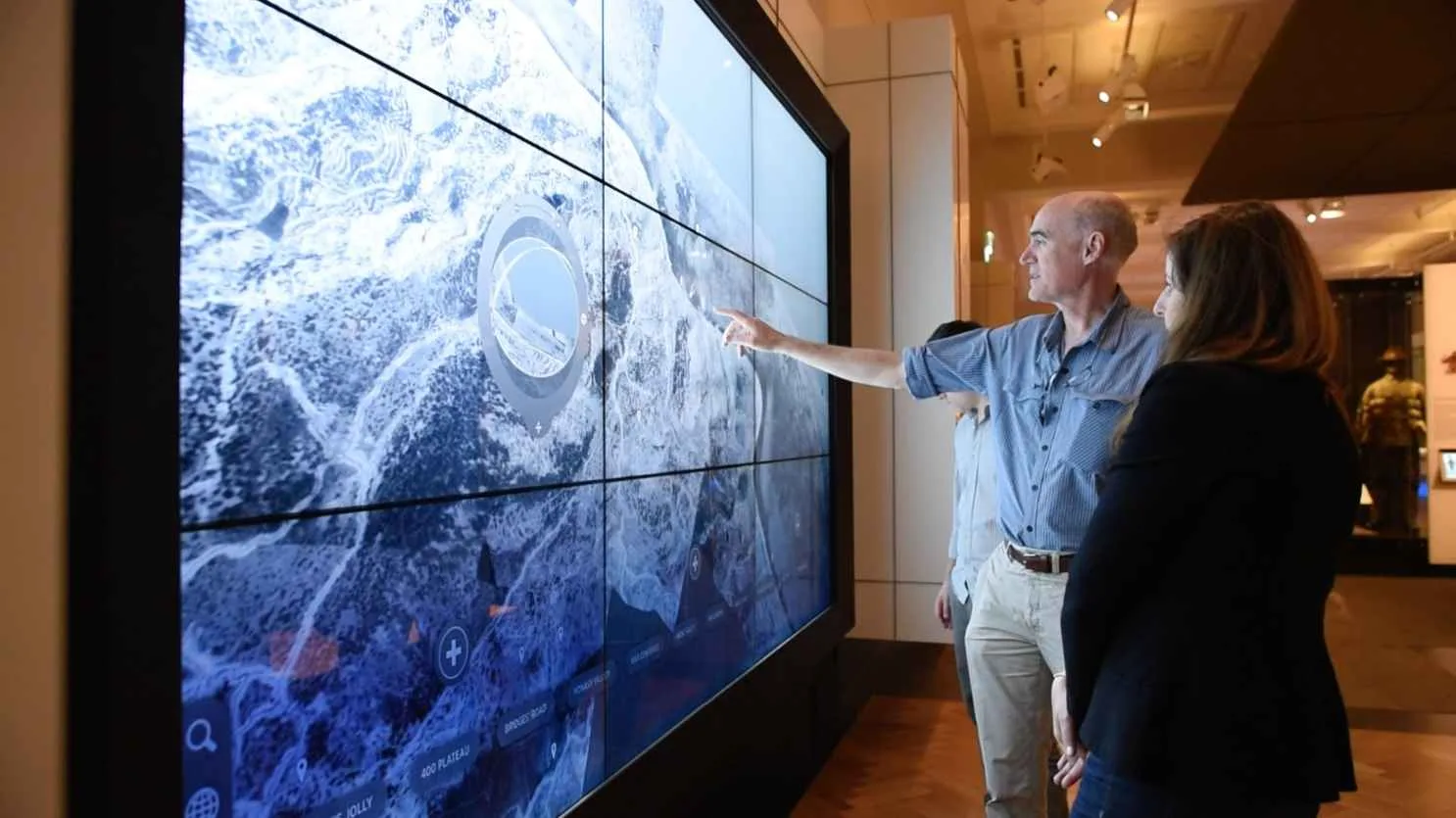April 25th marks ANZAC Day, a significant occasion in Australia and New Zealand that commemorates the sacrifice and courage of the soldiers who served and died in wars, conflicts, and peacekeeping missions. In 2023 the day also honors the past and embraces the future with technology
As Australia remembers the ANZACs and their legacy, the technology industry continues to innovate, harnessing the power of technology to honor the past and embrace the future.
The ANZAC Day tradition is deeply ingrained in Australian culture, with solemn dawn services, marches, and remembrance ceremonies held across the country.
This year, in addition to the traditional commemorations, technology has played a pivotal role in enabling Australians to participate and connect in new ways.
One of the most prominent changes in recent years has been the use of virtual and augmented reality (VR/AR) to create immersive experiences that bring the stories of ANZACs to life.
Using cutting-edge technology, museums and historical institutions have developed VR/AR exhibitions that allow visitors to step back in time and experience the realities of war.
Through virtual tours, users can walk through the trenches, hear the sounds of gunfire, and gain a deeper understanding of the ANZACs’ experiences on the battlefield.
Virtual commemorations have also made it possible for people who are unable to attend physical ceremonies to pay their respects.
With live-streaming and social media platforms, ANZAC Day services have been broadcasted online, allowing Australians to participate from the comfort of their homes. This has been especially significant during the COVID-19 pandemic when restrictions on gatherings have limited the number of attendees at physical events.
The use of technology has not only enhanced the way ANZAC Day is commemorated but has also extended to preserving the stories and memories of ANZACs for future generations.
Many organisations have digitised historical records, letters, diaries, and photographs to create digital archives that are accessible to the public.
This digitisation effort has not only preserved precious historical documents but has also made them easily searchable and shareable, allowing researchers, historians, and individuals to uncover and share stories of bravery, sacrifice, and heroism.
Furthermore, the technology industry in Australia has played a critical role in supporting veterans and their families. Through various initiatives, technology companies have provided opportunities for veterans to transition into civilian careers by offering training programs, mentorship, and job opportunities.
As Australia commemorates Anzac Day, a day dedicated to honoring the sacrifices of its military personnel, it’s worth reflecting on how wars have historically spurred significant technological advancements.
The ravages of war often drive nations to innovate and develop cutting-edge technologies to gain an advantage on the battlefield.
Many companies have also developed innovative solutions to address the mental health and well-being challenges faced by veterans, leveraging technologies such as artificial intelligence (AI), machine learning (ML), and telehealth to provide support and care.
From virtual reality exhibitions and live-streaming services to digital archives and initiatives supporting veterans, technology is playing a pivotal role in preserving history, enhancing commemorative experiences, and addressing contemporary challenges.
Throughout history, war has often acted as a catalyst for technological innovations.
The need to gain an advantage in the battlefield, protect soldiers’ lives, and achieve strategic goals has pushed nations to invest in research and development, resulting in groundbreaking technological advancements that have far-reaching effects beyond the battlefield.
World War I, which lasted from 1914 to 1918, was a turning point in modern warfare. As nations clashed on an unprecedented scale, new technologies emerged, transforming the way wars were fought.
Many of the innovations born out of wartime necessity have had a lasting impact on various aspects of society, shaping our world in ways that continue to be felt today.
The demand for better communication, transportation, weapons, and medical care led to significant technological breakthroughs.
One of the most notable advancements during World War I was in the field of telecommunications. As soldiers fought in trenches and across vast distances, the need for reliable communication was paramount.
This led to the development of new communication technologies such as radio telegraphy and wireless communication, which revolutionised military communication and paved the way for modern wireless communication systems used today.
As we remember the sacrifices of the ANZAC soldiers technology continues to evolve, it will undoubtedly shape the way ANZAC Day is commemorated in the years to come, ensuring that the ANZAC spirit lives on for future generations.







